11 Signs Of An Underwatered Aloe Plant And How To Revive It
If your aloe plant is showing signs of stress, it might not be getting enough water. Aloe vera plants are hardy, but they still need proper care to thrive. Understanding the signs of dehydration can help you bring your plant back to life. In this guide, you will learn how to recognize when your aloe is underwatered and the best steps to restore its health.
This post may contain affiliate links, which helps keep this content free. Please read our disclosure for more info.
Wrinkled, Shriveled, and Drooping Leaves
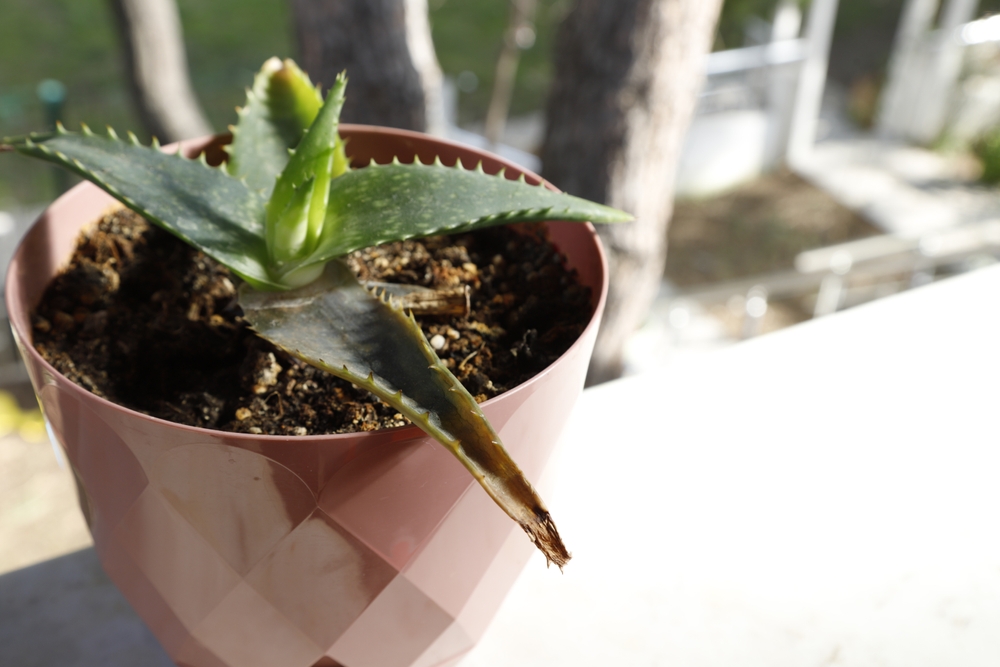
When an aloe plant is underwatered, its thick, fleshy leaves will start to show signs of dehydration. The plant stores water in its leaves, and when this water supply is depleted, the leaves shrink, wrinkle, and become shriveled. This is a natural defense mechanism where the plant conserves its remaining moisture. As a result, the leaves lose their firmness and may start drooping, appearing limp and weak.
To revive an aloe with these symptoms, begin by checking the soil. If the soil is dry a couple of inches deep, it’s time to water. Make sure to water the plant thoroughly until excess water drains out of the bottom, but avoid waterlogging the soil, as aloe plants prefer well-drained soil. Allow the soil to dry completely before watering again to prevent overwatering, which can also harm the plant.
Yellowing or Browning of Leaf Tips
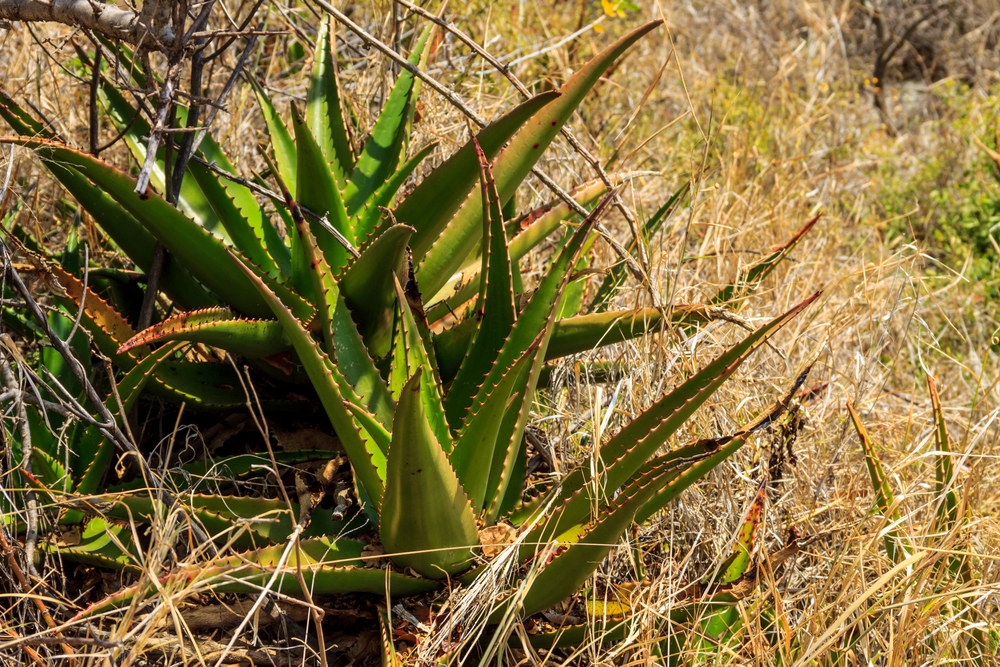
The yellowing or browning of leaf tips is a common sign of an underwatered aloe plant. As the plant struggles to find enough moisture, its cells begin to break down, starting from the tips of the leaves. The yellowing or browning occurs as the leaf tissue dies off due to a lack of water, and the plant’s efforts to conserve moisture cause this damage. This is often the first visible sign that the aloe is not getting the water it needs.
To help your aloe recover, check the plant’s watering routine and ensure it receives enough water to stay hydrated. Trim the damaged tips with clean scissors to prevent the plant from focusing energy on the dead parts. Be cautious with the amount of water you give, as aloe plants thrive in soil that is allowed to dry out completely between waterings. A change in environment or placement in a brighter spot can also help stimulate healthy growth.
Soft and Mushy Leaves
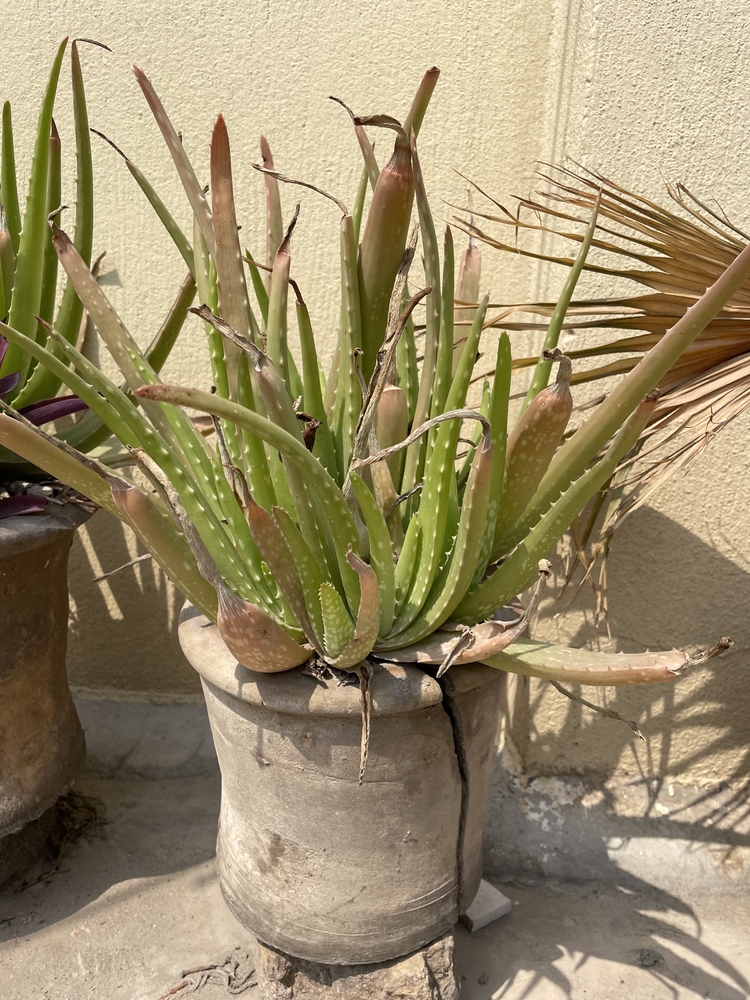
Although a dehydrated aloe plant typically has dry, brittle leaves, prolonged underwatering can eventually lead to the plant’s internal systems weakening. When aloe plants go without water for too long, their internal structure may break down, causing the leaves to feel soft and mushy. The leaves lose their turgidity and start to rot, which can be a sign of severe water stress. This can also be a precursor to overwatering if the soil is too damp, as it leads to root rot.
To revive a soft aloe, it is essential to remove any mushy, rotting leaves immediately to prevent further decay. Trim the affected areas with sanitized pruning shears and allow the plant to recover. Then, adjust the watering frequency, ensuring that the soil has proper drainage and is not overly wet. Aloe vera prefers deep watering followed by drying out, so make sure the plant is watered properly and not left in damp soil.
Dry and Brittle Leaves
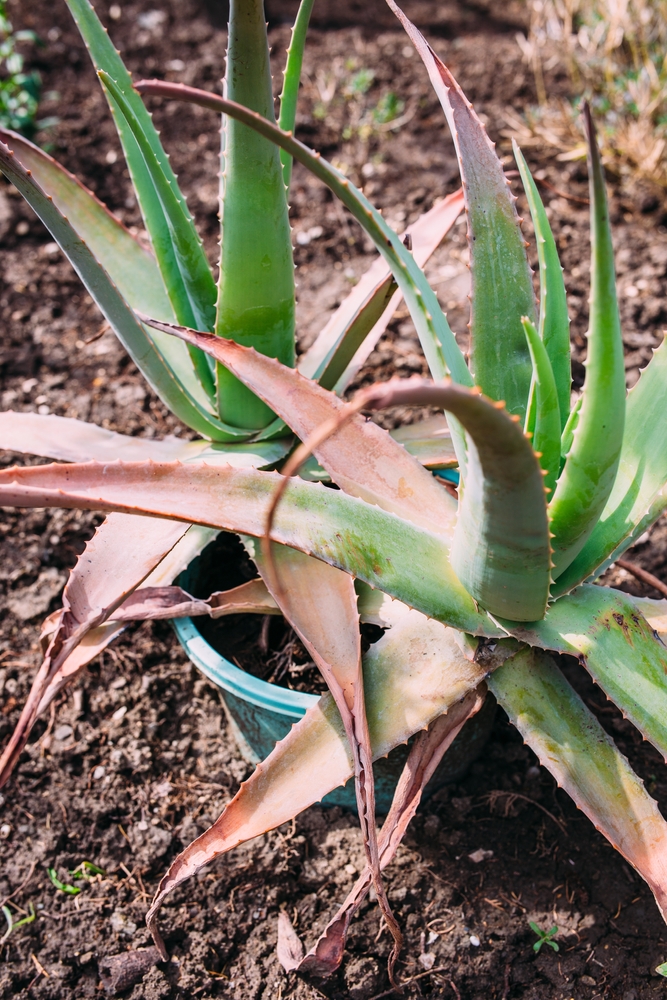
Underwatering an aloe plant for extended periods can lead to dry and brittle leaves. When the aloe is deprived of water, the leaves lose moisture and become stiff, losing their usual plumpness. The plant may become more fragile, and the leaves may snap or break off easily, indicating that it is struggling to survive. This can affect the overall health of the plant, as it cannot carry out its usual processes without adequate water reserves.
To help your aloe thrive, start by checking the moisture level in the soil. If the soil is dry, water thoroughly, ensuring it drains well, and wait for the soil to dry out before watering again. Trim off any damaged or dried leaves to help the plant focus its energy on growing new, healthy foliage. With proper care, the aloe should begin to recover, and the remaining leaves may regain their flexibility.
Leaf Curling
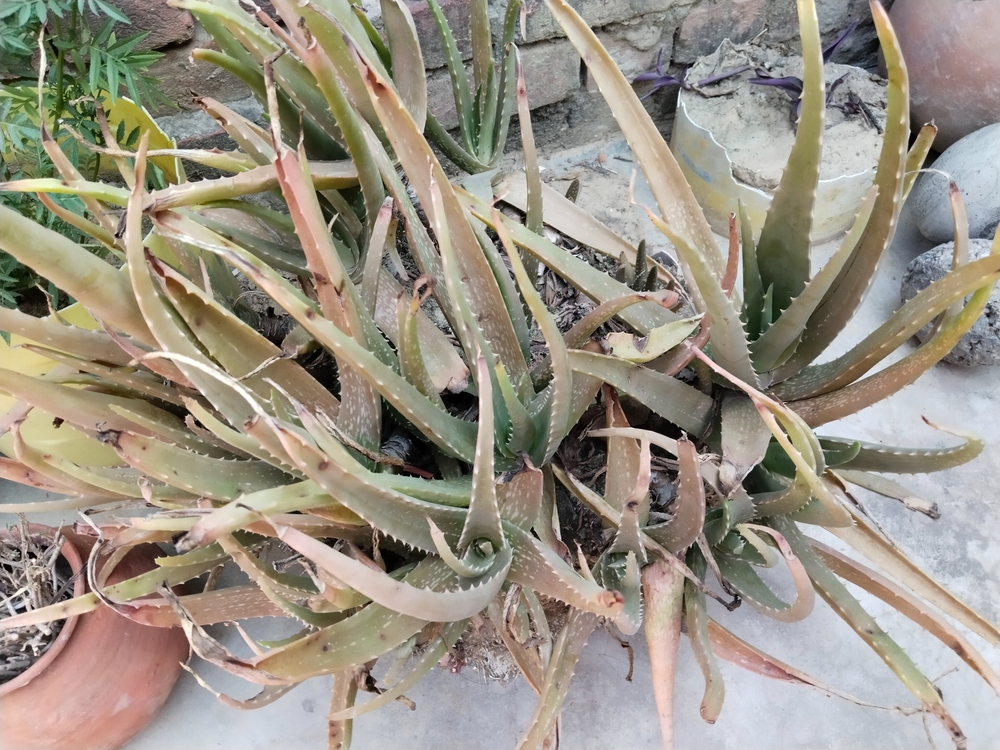
Leaf curling is another sign that an aloe plant is not getting enough water. Aloe vera leaves naturally have a succulent structure, storing water to keep the plant hydrated, but when the plant is underwatered, the leaves begin to curl inward. This happens because the plant’s cells shrink as it tries to conserve moisture, resulting in curled and deformed leaves. Over time, this stress can cause the leaves to appear withered and can also stunt the plant’s growth.
To help the aloe recover, water the plant thoroughly and make sure that it is in a bright, sunny location, as aloe vera thrives in direct sunlight. Remove any curled or damaged leaves and check the soil for proper drainage. Keep the watering schedule consistent, ensuring that the soil remains moist but not soggy, as this will encourage the plant to rehydrate and start producing new leaves.
Pale or Discolored Leaves
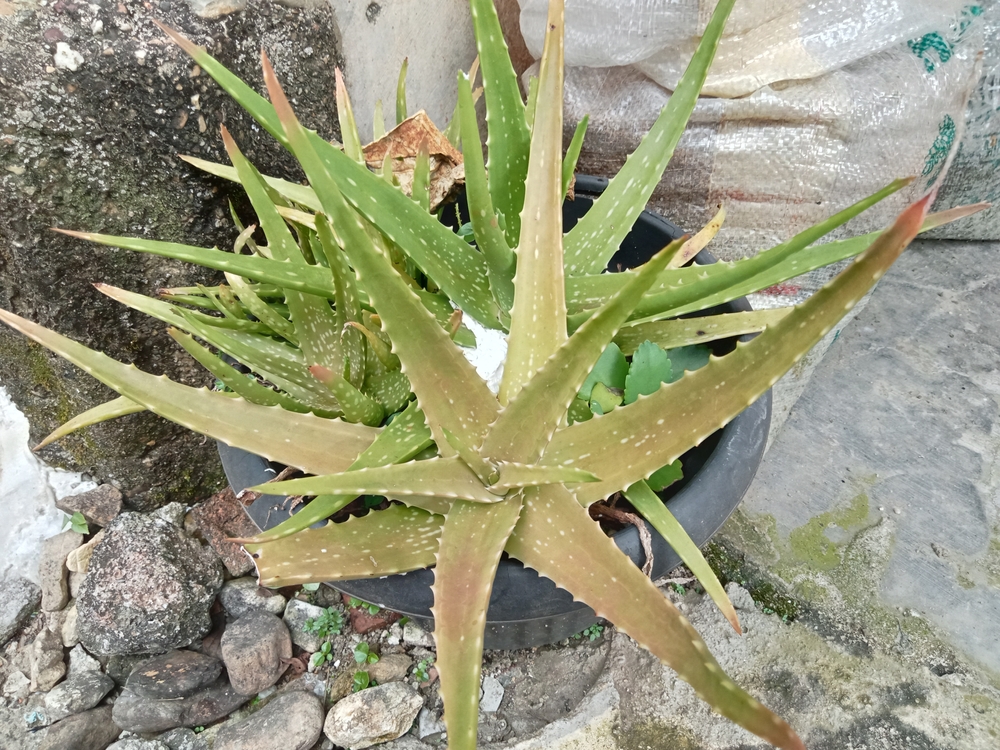
An underwatered aloe plant may develop pale or discolored leaves due to a lack of moisture. Aloe vera leaves should be rich in color, typically a vibrant green, but when the plant is stressed from dehydration, the leaves lose their color, often turning a pale yellow or light green. This change happens as the plant is unable to maintain its normal chlorophyll levels because it is not receiving enough water for nutrient transport.
To help restore the color of the leaves, water the aloe plant thoroughly and allow the soil to dry out between waterings. The plant may need a few days to recover, but with consistent care and proper sunlight, it should start regaining its vibrant color. Avoid overwatering, as this can lead to other issues such as root rot.
Root Rot
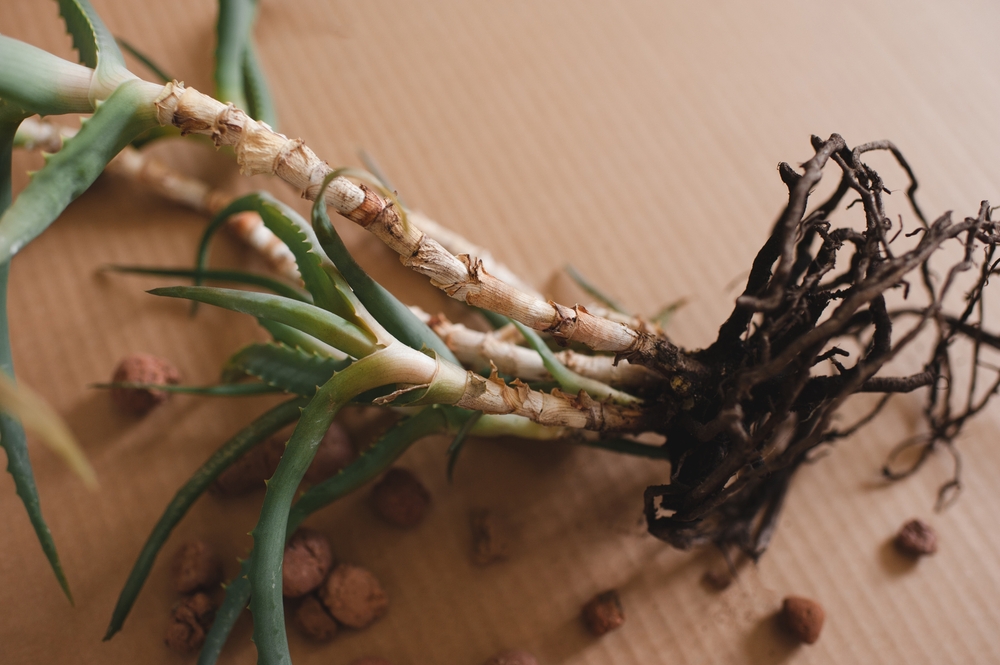
While root rot is typically caused by overwatering, it can also occur in an aloe plant that has been underwatered for a long time. When an aloe goes without water, it can become weak, and the roots may not be able to absorb moisture properly. Eventually, the plant may develop root rot due to damage from poor water uptake or compromised root health. This can be fatal if not addressed promptly.
To treat root rot, remove the plant from its pot and check the roots for any signs of rot, such as a foul smell or mushy texture. Trim off the damaged roots with sterilized scissors. Repot the aloe in fresh, well-draining soil and water it lightly. From now on, ensure that the plant is watered properly and that it receives the right balance of moisture and light.
Slow or Stunted Growth
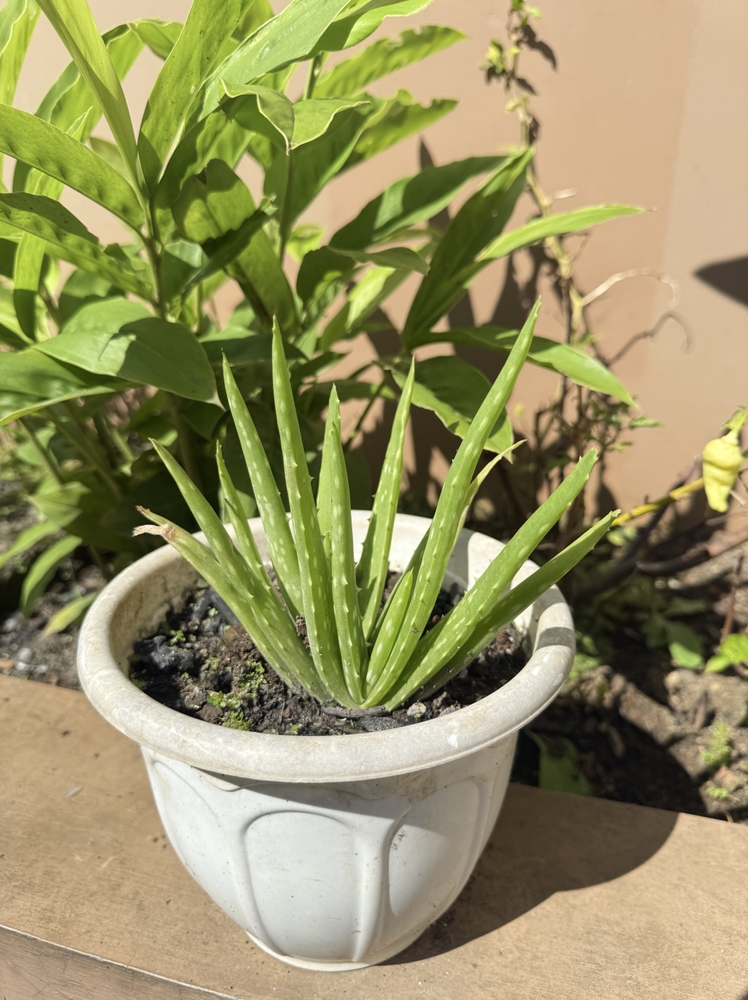
When aloe vera is underwatered, its growth will slow down or even stop altogether. This happens because the plant does not have the necessary water reserves to support new growth. Aloe vera requires sufficient water to continue growing and producing new leaves, and if the plant is not receiving enough hydration, it will conserve energy and nutrients, causing stunted growth.
To encourage growth, adjust your watering routine by giving the plant a good soak when the soil is dry. Ensure that the plant is placed in an area with adequate sunlight and consider fertilizing it with a mild, balanced fertilizer during the growing season. Over time, the plant should begin to show new growth as it recovers from the underwatering stress.
Wilting Leaves
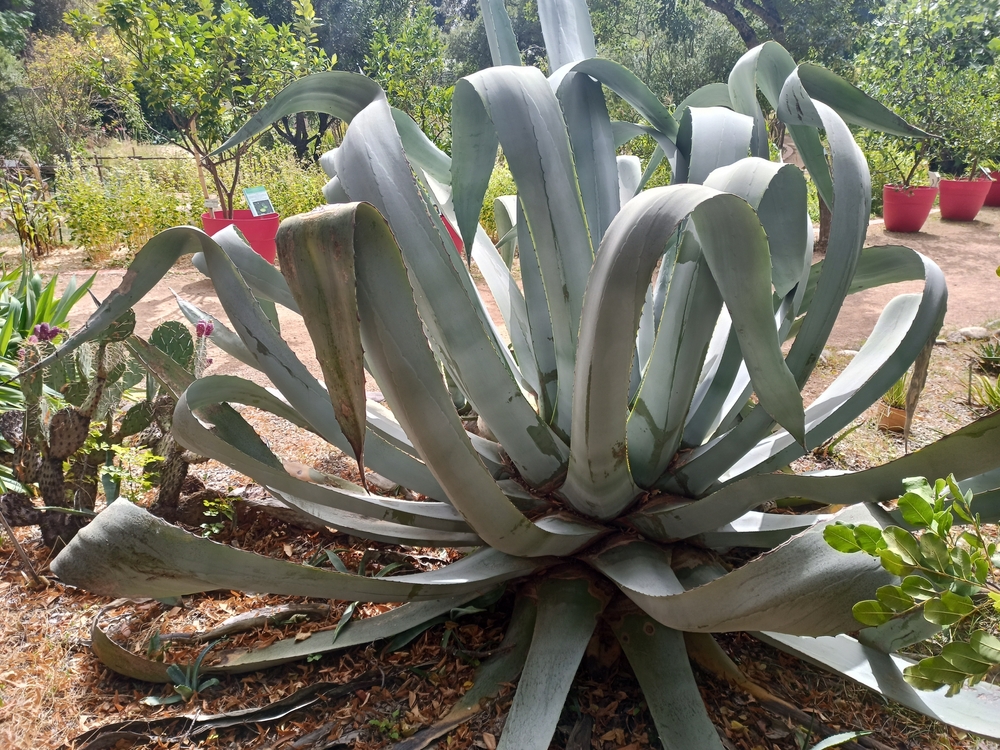
Wilting leaves on an aloe plant are a clear sign of dehydration. When the plant is not getting enough water, its leaves will droop, becoming soft and limp. This wilting occurs as the plant’s internal pressure drops, and it is unable to maintain the rigidity of its leaves. Aloe plants are particularly susceptible to wilting when they are not regularly watered or when there is too much time between waterings.
To remedy wilting, give the aloe plant a good watering. Check the soil to make sure it drains properly and avoid letting the plant sit in excess water. Once the soil has dried out sufficiently, resume a regular watering schedule that gives the aloe enough time to recover and stand upright again.
Fewer New Offshoots
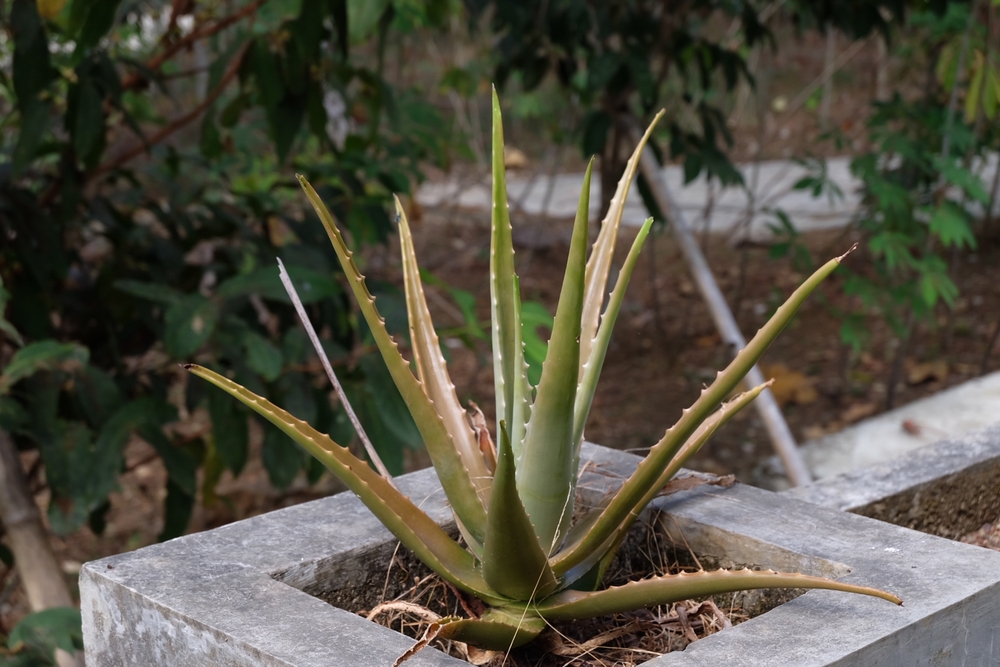
A healthy aloe plant typically produces new offshoots or “pups” as it matures. However, an underwatered aloe may struggle to produce new growth due to a lack of sufficient water. Since the plant’s energy is focused on surviving, it may not have enough resources to create pups. Aloe plants need adequate water to fuel their growth, and without this, they will prioritize survival over reproduction.
To encourage the plant to produce new pups, ensure that the plant is regularly watered and placed in a spot with optimal light. Fertilizing the aloe during the growing season with a mild cactus or succulent fertilizer can also encourage new growth. Keep an eye on the plant, and with proper care, it should begin to sprout pups in time.
Weak or Thin Stems
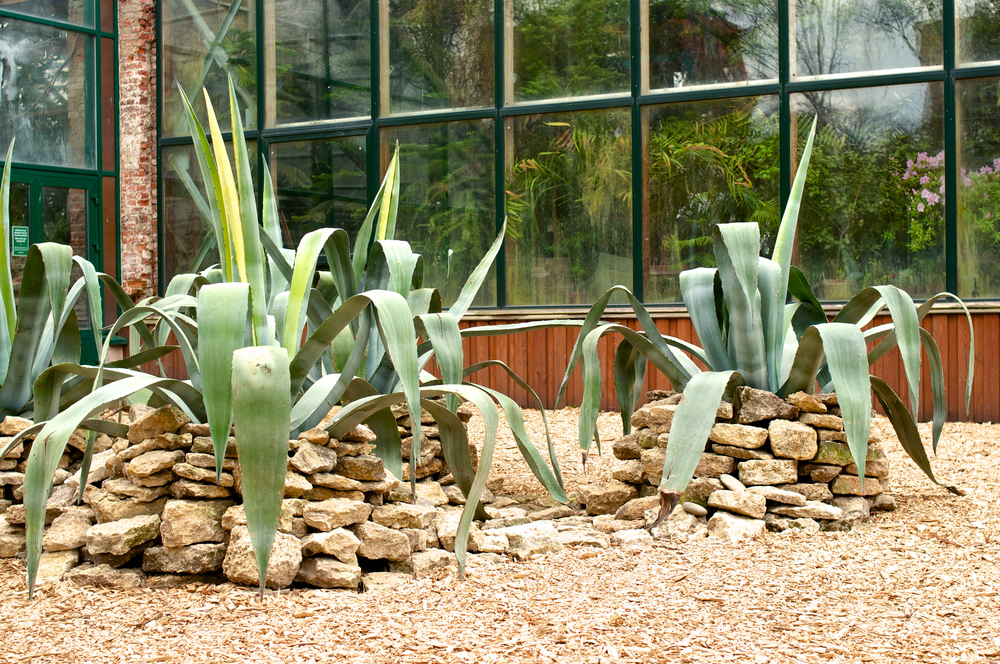
Aloe plants are typically strong and sturdy, but when underwatered, their stems may become weak or thin. The lack of water causes the plant’s tissues to break down, leading to a loss of structure. Weak stems are a sign that the aloe is not receiving enough hydration to support its frame, making it vulnerable to further stress or damage.
To help thicken the stems, water the aloe regularly and make sure it is not overexposed to direct sun for long periods. Placing the aloe in a more controlled environment with indirect sunlight can help the plant regain strength. Continue to monitor the plant’s health, ensuring that it receives proper care to rebuild its structure.
This article originally appeared on Avocadu.
